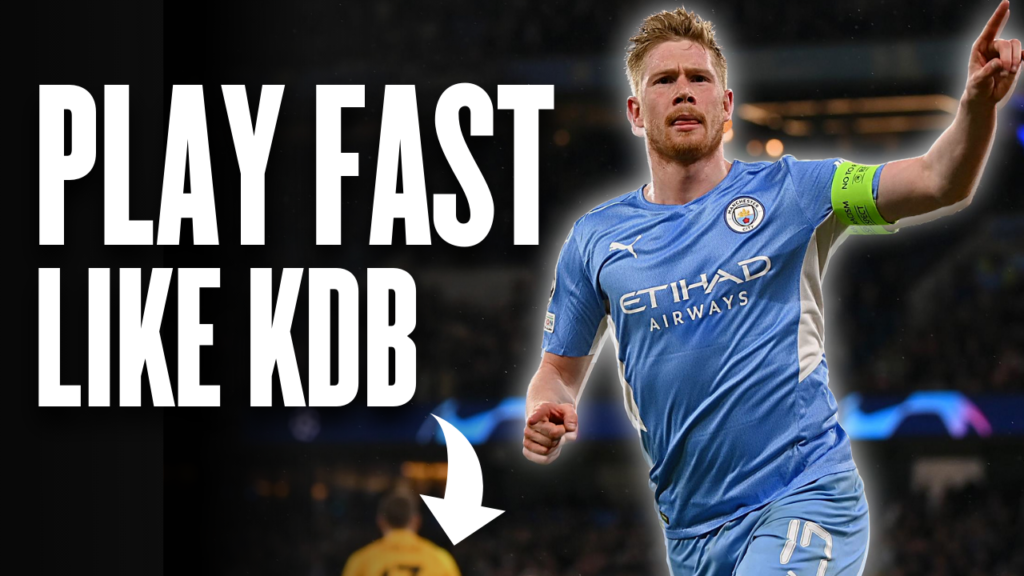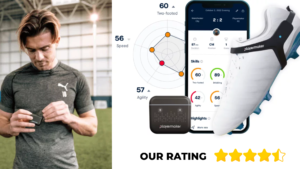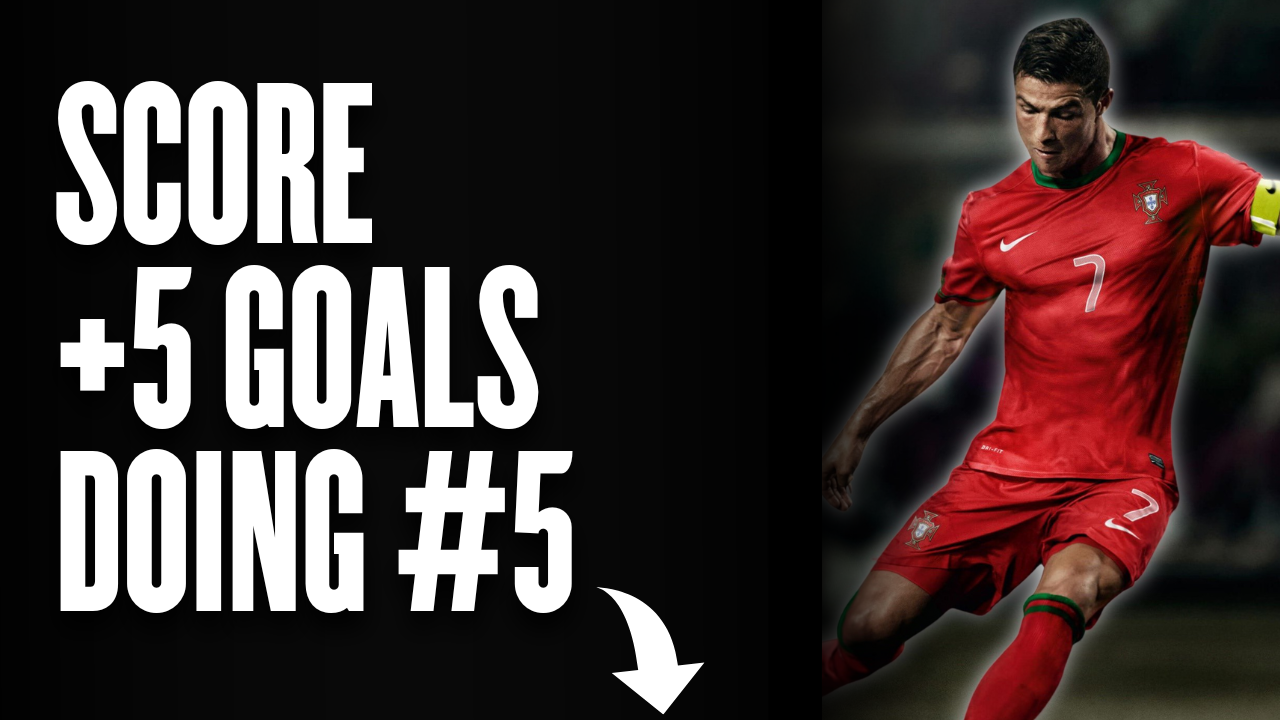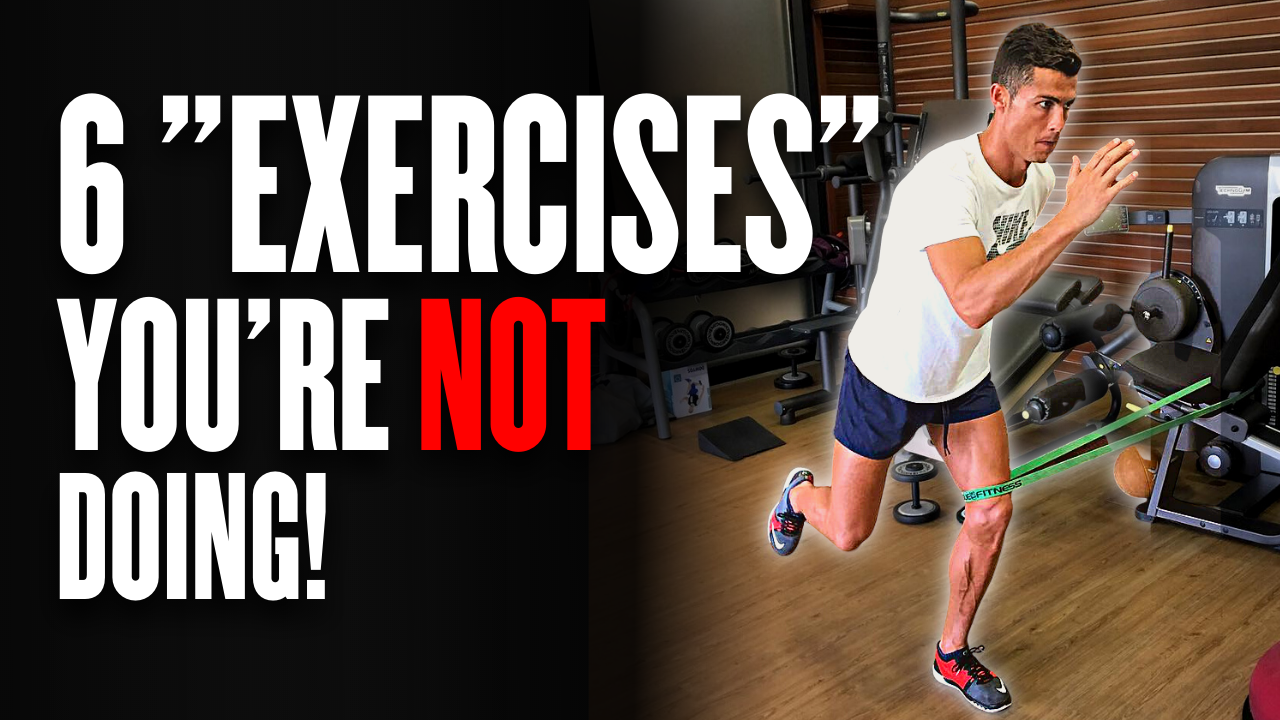
No matter what you’re saying, the key difference between amateur, semi-pro, pro, or elite football/soccer players doesn’t necessarily lie behind better technique, tactical knowledge, or physical characteristics but more so a combination of those that can be summed up into their speed of play.
Now in modern football/soccer, the speed at which you perceive, process, and take action (speed of play) plays a critical role in your performance and how far you’re gonna get in this game.
So in today’s article, we will go over 4 tips that can help you perceive, process, and take action FASTER, so you can beat the opposition with your mind, not just your muscles, your exceptional technique, or your tactical IQ.
SCANNING & COMMUNICATION SKILLS
So, the first point I want to touch upon has to do with your perception skills; your ability to receive relevant information to the game from your surroundings.
If your brain has limited information about a game problem it probably won’t solve it.
So in order to have that info available, your body uses its 5 sensory organs to capture information and use it to find the best solution possible for action.
For the purpose of the article, we are gonna focus on the two main ones; the visual and the auditory system.
On one hand, you have the visual sensory system that consists of your eyes and brain. As a player, you need the visual skills to guide your actions with success.
Your eye’s health is really important and something you should look after frequently.
NOT IN THE MOOD TO READ? WATCH THE VIDEO!
Apart from the basic visual skill of scanning to acquire tactical information that every technical trainer preaches, there are also some other, more complex visual skills that many players and coaches neglect to develop like hand- or leg-eye coordination, object tracking (players, ball, etc.), focus, depth perception, timing, as well as your peripheral vision.
These are all visual skills you can and should develop at training by using various visual cues. This can be done through equipment, gestures, or tech pieces meant for cognitive training and developing your visual skills.
Exercise selection ranges from basic to more complex drills and depends on the needs of each individual.

*As an affiliate, I'm earning from qualifying purchases without any extra charges being placed on you.
So don’t just scan to acquire tactical information. Approach your visual skill development more holistically because the benefits can really be huge.
On top of that, become a better communicator and get 10X the information you receive.
Be precise, fast, and direct with your words, and absorb every ounce of information you can through your ears.
Come up with some trigger words you can use in-game, cultivate your communication at training, and be vocal in-game.
A team that can communicate effectively simply has more access to information. And that’s because 11-plus minds that work around the clock to deliver information to each other are better than an individual being trapped in his or her own thoughts.
GET COMFORTABLE WITH ONE-TOUCH PASSING
Another way you can improve your speed of play as a football/soccer player is by actually getting more comfortable playing one- or two-touch football.
In modern football, one-touch passing is incremental to an individual’s success. The reason for that is that high-pressing actions have been way more common in comparison to the past.
If you’re constantly performing unnecessary touches on the ball because you don’t feel comfortable performing one-touch layoffs then you drastically increase the chances of losing the ball while getting pressured by 1, 2, or even 3 opponents.
The theory is simple.
- Get used to one-touch football by setting one- or two-touch limitations for yourself
- Increase your confidence on the ball
- Lay it off faster when the ball is on fire
By limiting yourself to a maximum of one or two touches, you’re basically forcing yourself to
- scan before receiving the ball
- perceive more information
- process that info faster, and most importantly,
- take an action faster
THIERY HENRY WAS USING LIMITATIONS, TOO! BUT NOT JUST TOUCH LIMITS…LEARN MORE BY WATCHING THIS!
PROBLEM-SOLVE THE MOST COMMON PROBLEMS
Now, the next thing that many players and coaches neglect to mention when talking about speed of play development is problem-solving in advance.

*As an affiliate, I'm earning from qualifying purchases without any extra charges being placed on you.
What I basically mean by that is that you should sit down every once in a while, analyze and break down your position, and recognize the most common game patterns, situations, and problems you have to deal with in your position.
After you’ve done that, start the problem-solving process and find a variety of solutions for each game problem.
By creating solutions in advance and studying them frequently, you’ll start engraining those solutions in your mind and start doing them subconsciously in-game.
It’s kinda like preparing for an exam and studying the solutions for multiple-choice.
I know football is chaotic and unpredictable but if you break down your game you’ll quickly realize that your game consists of patterns.
Recognize those and then solve them.
Do it in advance and you’ll start taking action faster.
Promised.
SMALL SIDED GAMES
Now one place you can start practicing those solutions without having to fear failure that much is inside SSGs or Small Sided Games.
These games are similar to 11v11 games and put you inside the game problems you have to face in regular matches, but they are performed in smaller spaces.
These drills are set up in this way to increase the pressure of time, and space, add the physical pressure of opponents, and of course, increase the frequency of position-specific problem-solving.
This makes SSGs a superb tool for speed of play development and that is why you’re constantly seeing teams and coaches using them; amateur to elite ones.
The variations are literally endless and include two-sided games or possession drills in smaller spaces, Rondo variations, and even mini-games with numerical differences to learn how to defend or attack against overloads or limited opponents.
The only disadvantage is that most of them require a great number of players but there are also some SSGs like 1v1s or 1v2s that don’t require a team setup.
Looking for someone to help you #levelUP your performance? Then apply for an online coaching spot by either clicking here or DMing us “COACHING”.




